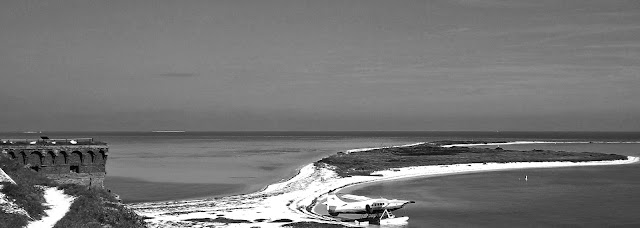 |
So this type of plane is called an amphibious aircraft as it can takeoff plus land both on runways or water Seaplanes can only take off and land on water |
 |
We fly at such a low altitude 150 meters (500 feet) i captured our shadow on the water below. |
 |
Two of the 1700 islands that make up the Florida Keys, this archipelago extends from Soldier Keys to the Dry Tortugas Odd Fact; About 800 do not have names, talk about not feeling the love 😅 |
 |
This area is home to the only living coral barrier in the continental United States, also because of its tropical climate it has never recorded any freezing temperature like other parts of America |
 |
This picture says it all......way cool experience landing in/on the Gulf of Mexico |
 |
J.N.O. Nolan was a master bricklayer who etched his name into several bricks, but good luck with that search 😂 |
 |
| Maze The meaning; is of a complex with often a confusing network of passages, i agree 😀 |
















.JPG)
No comments:
Post a Comment